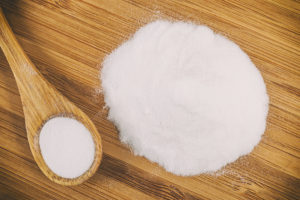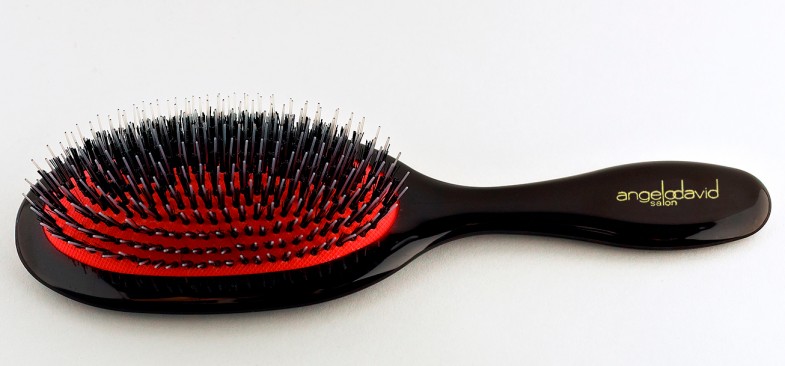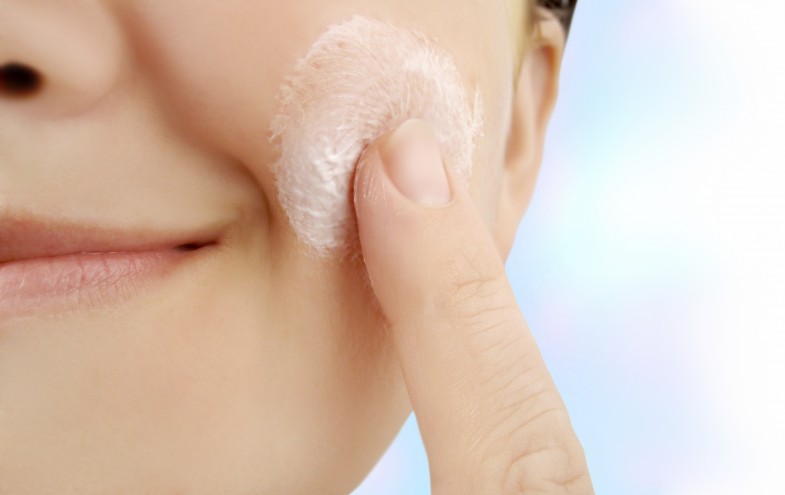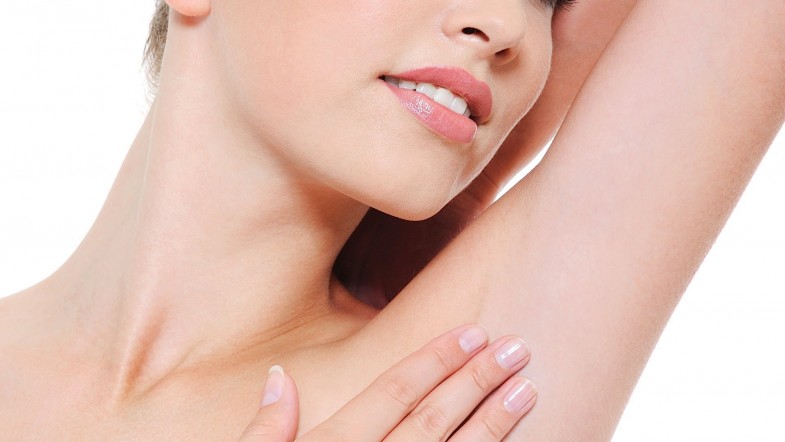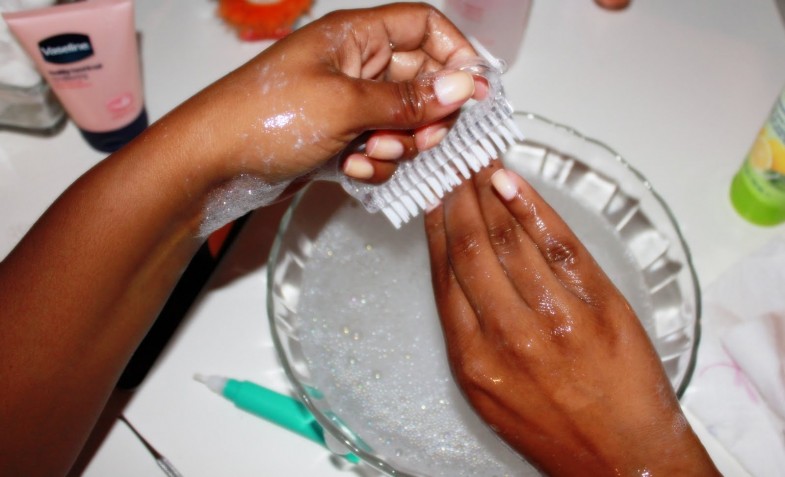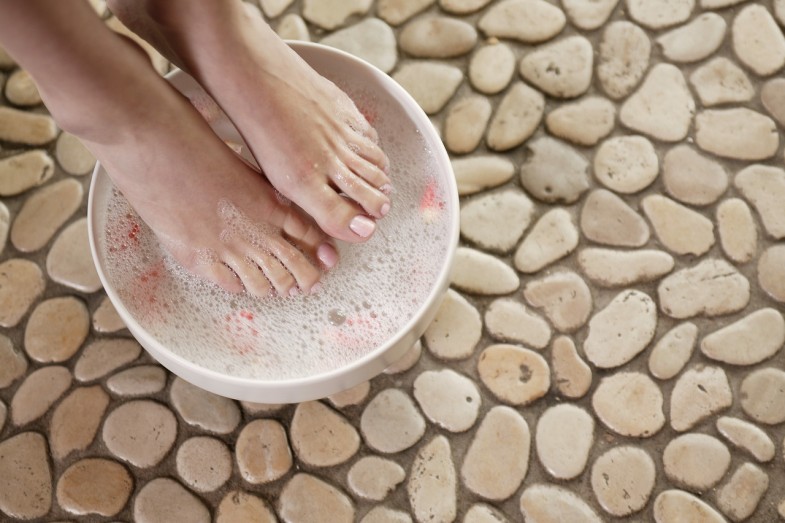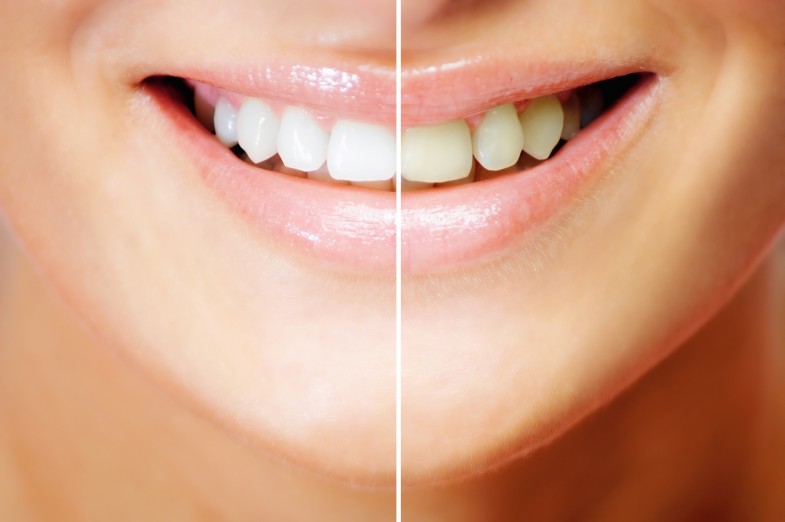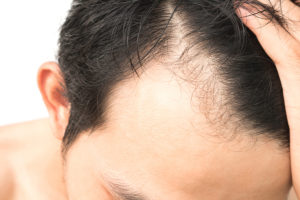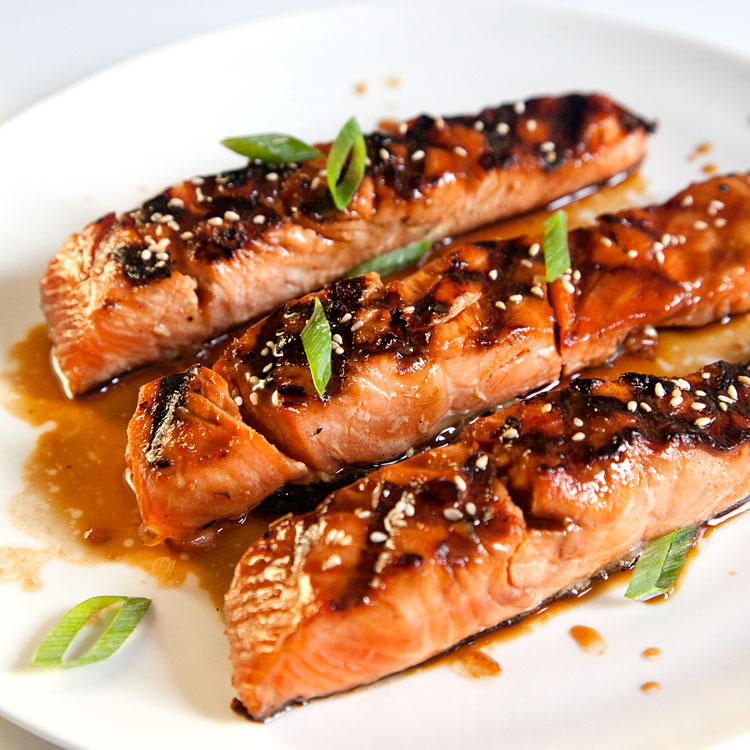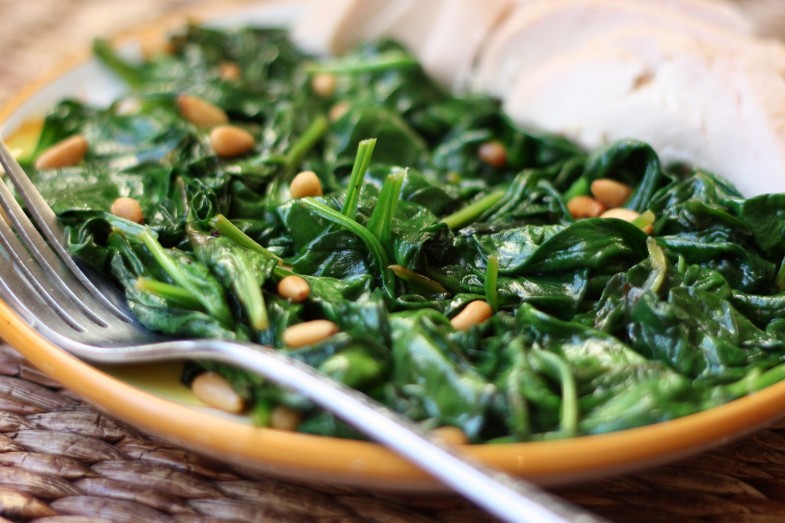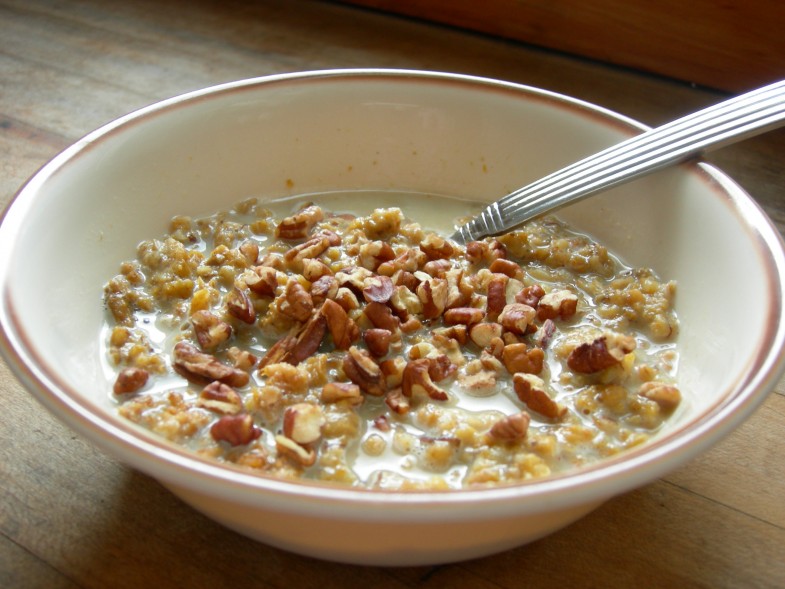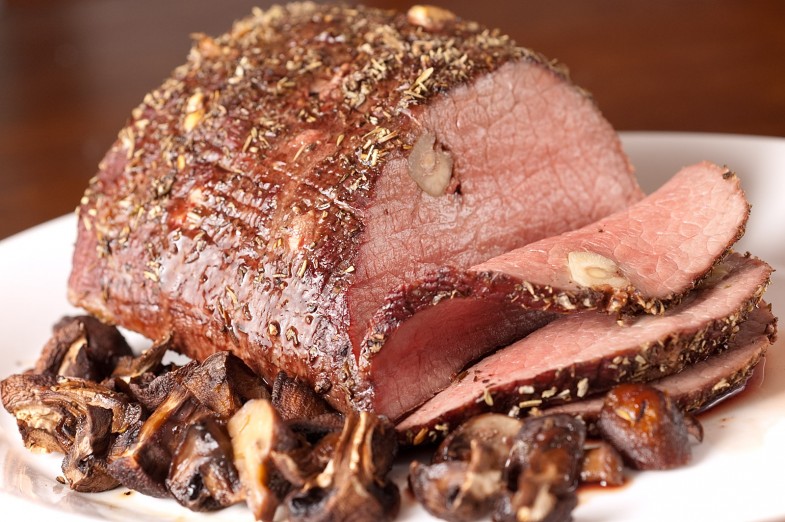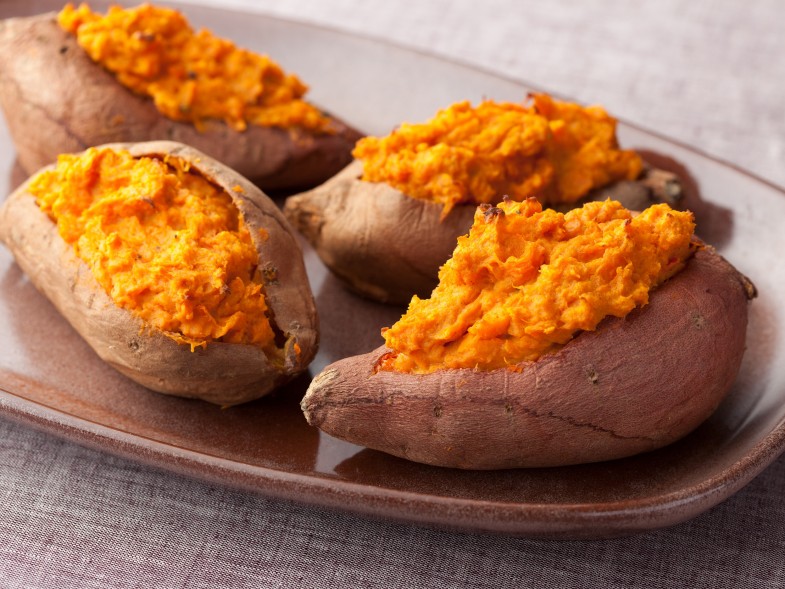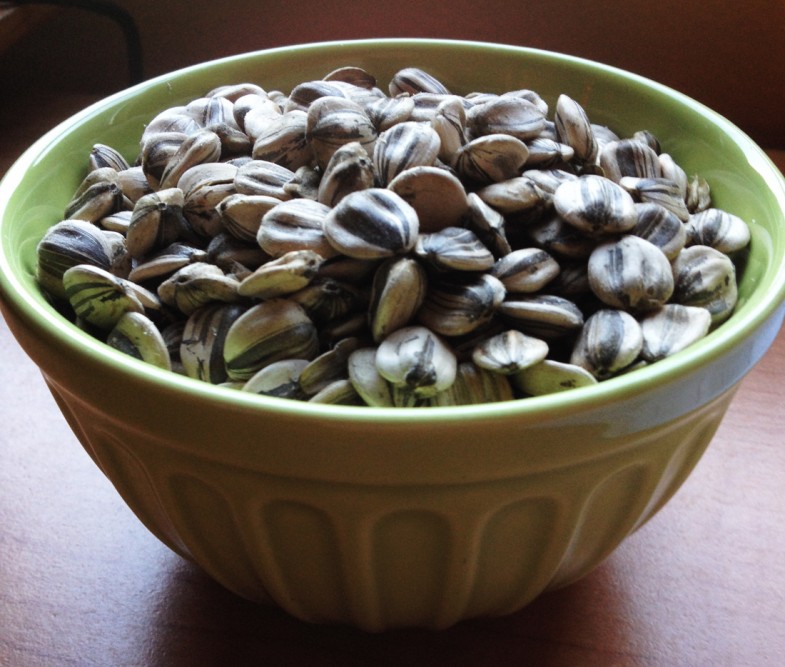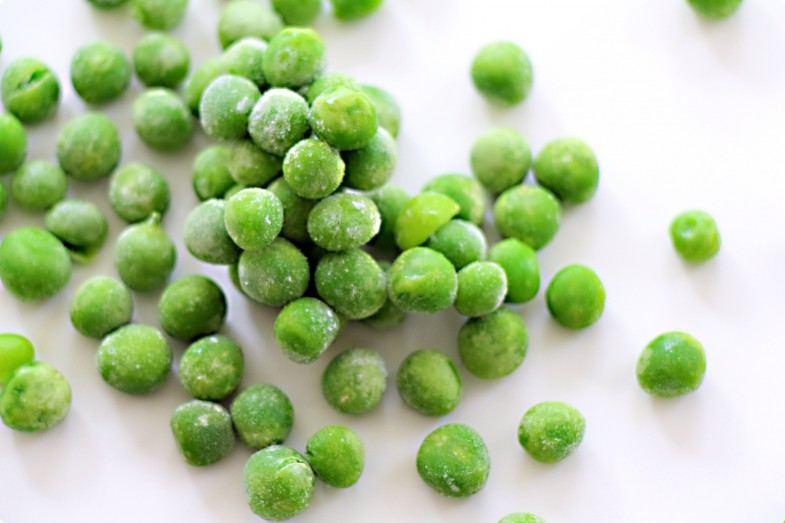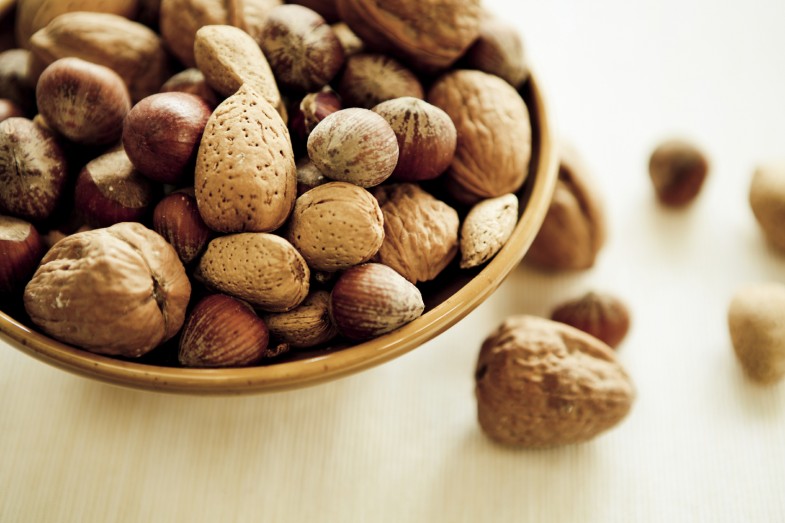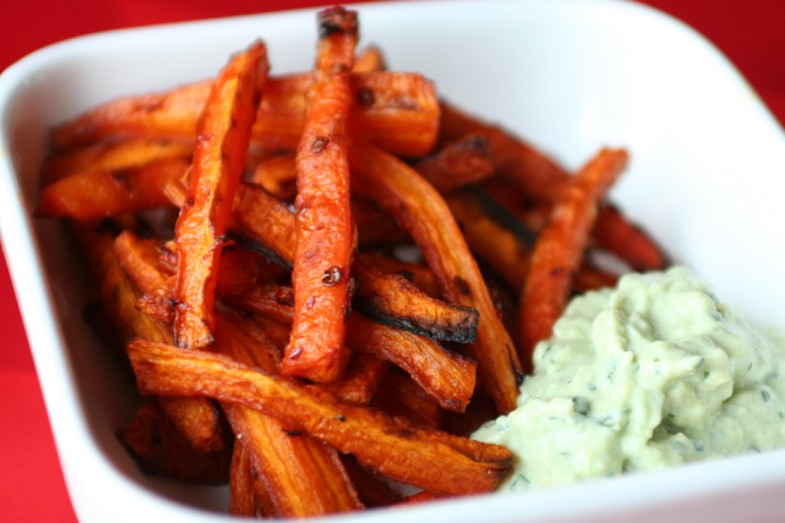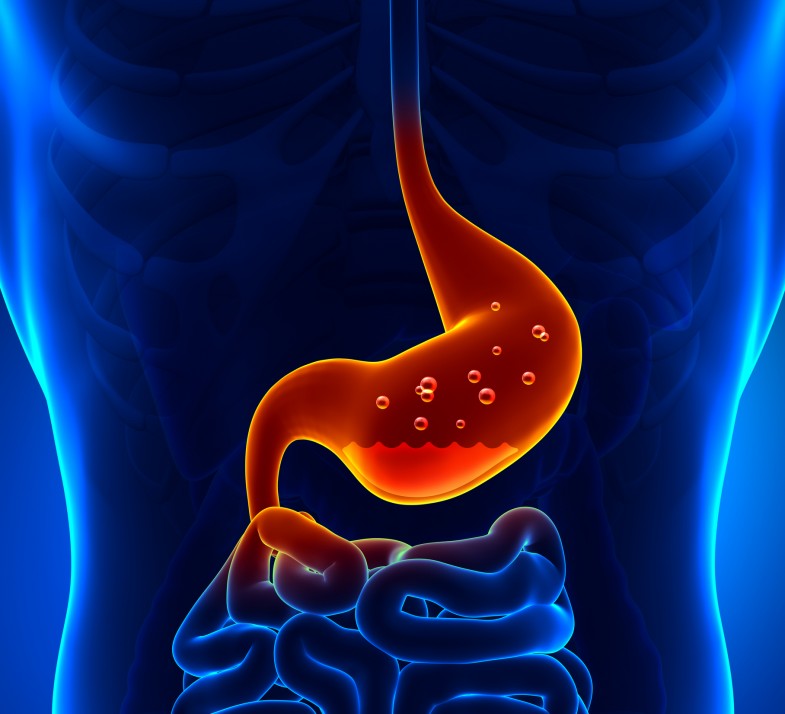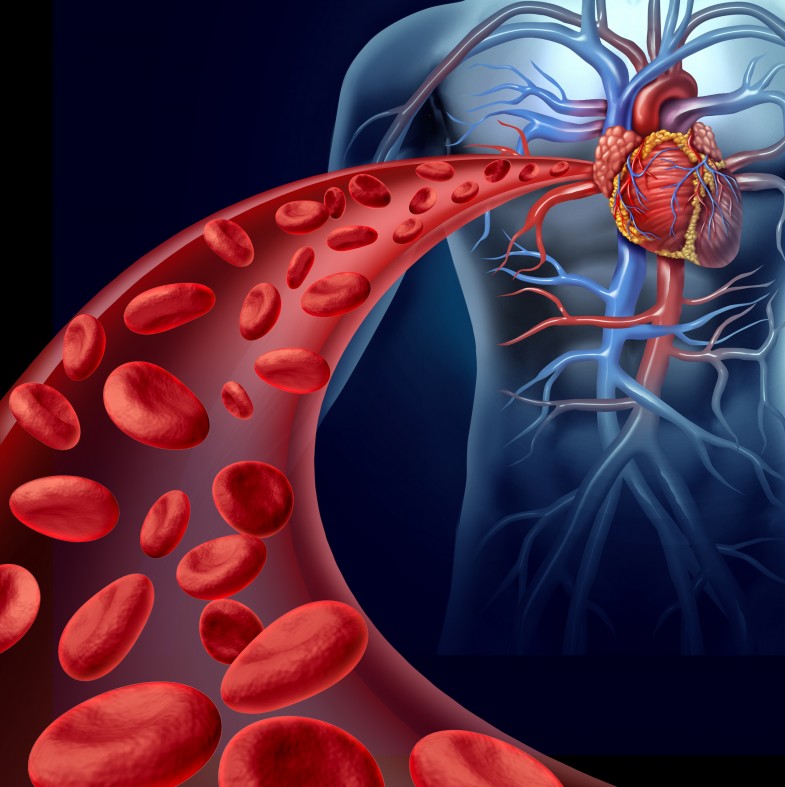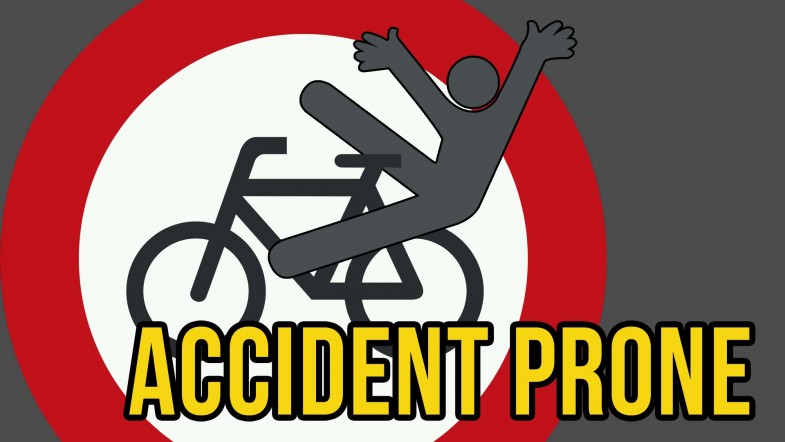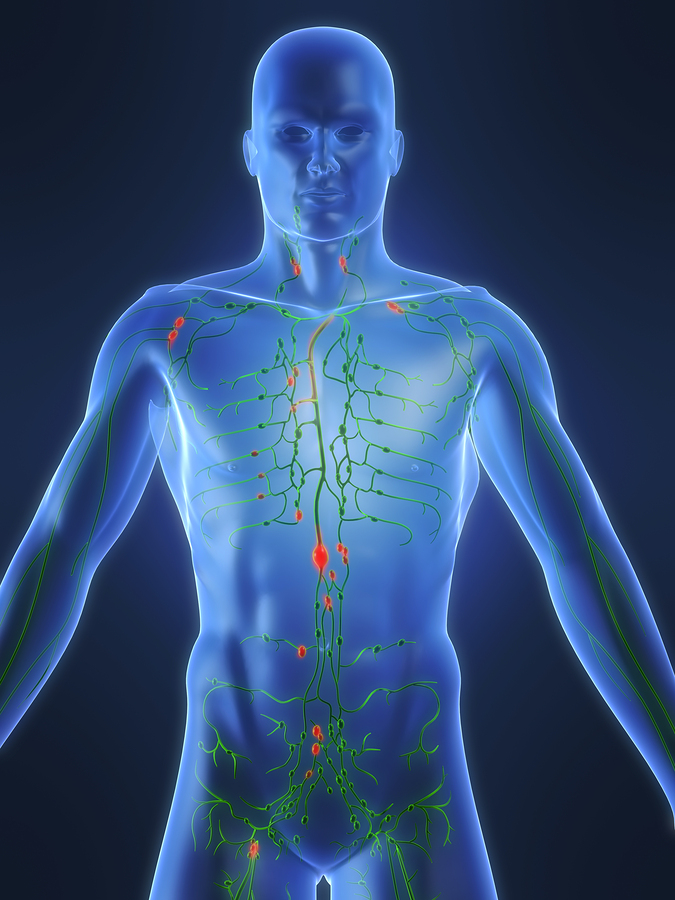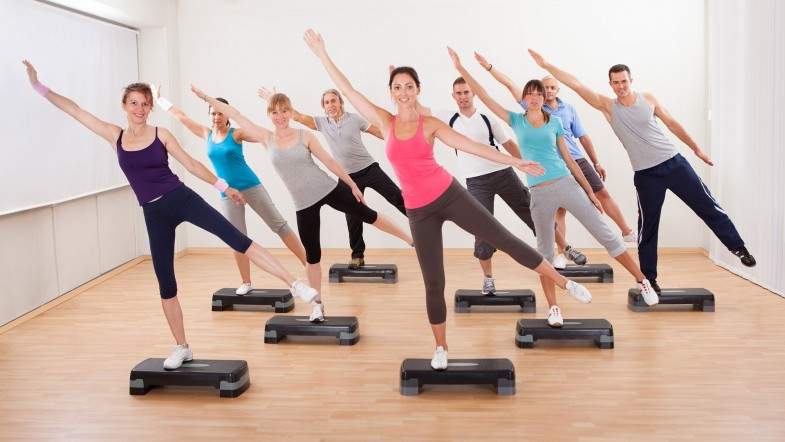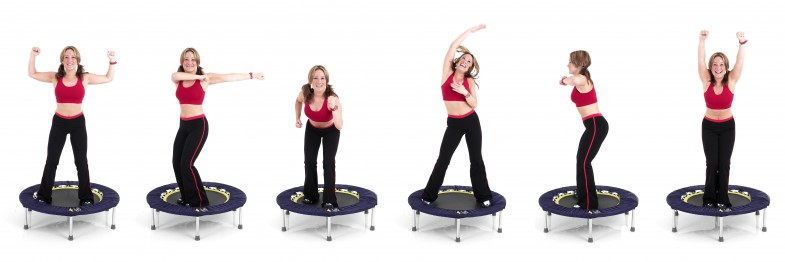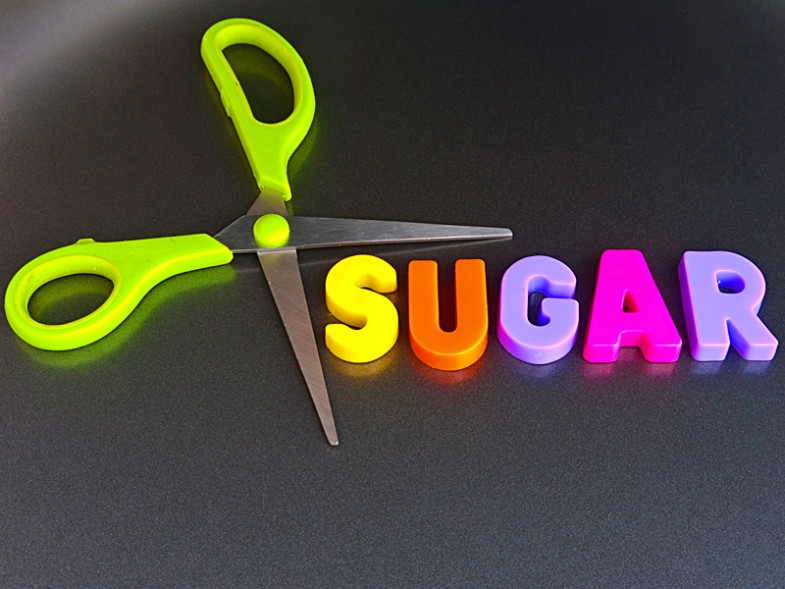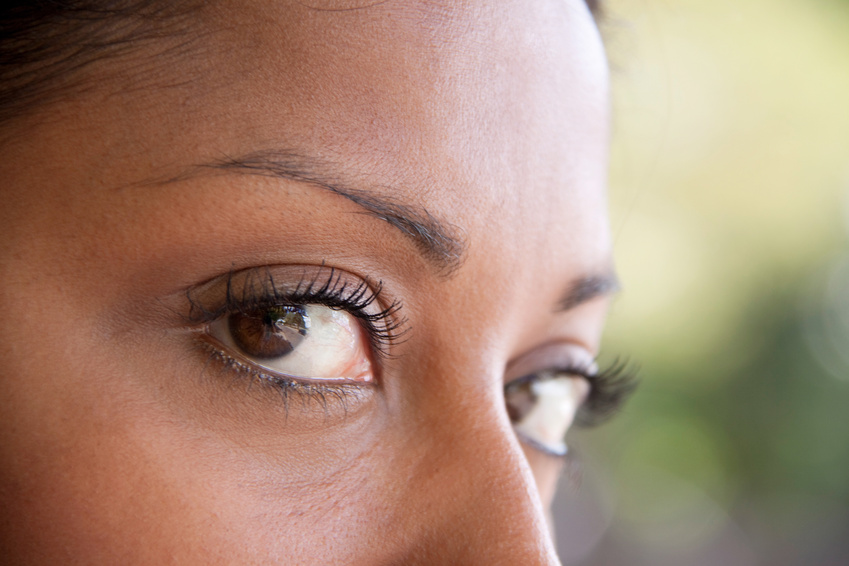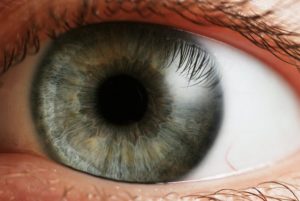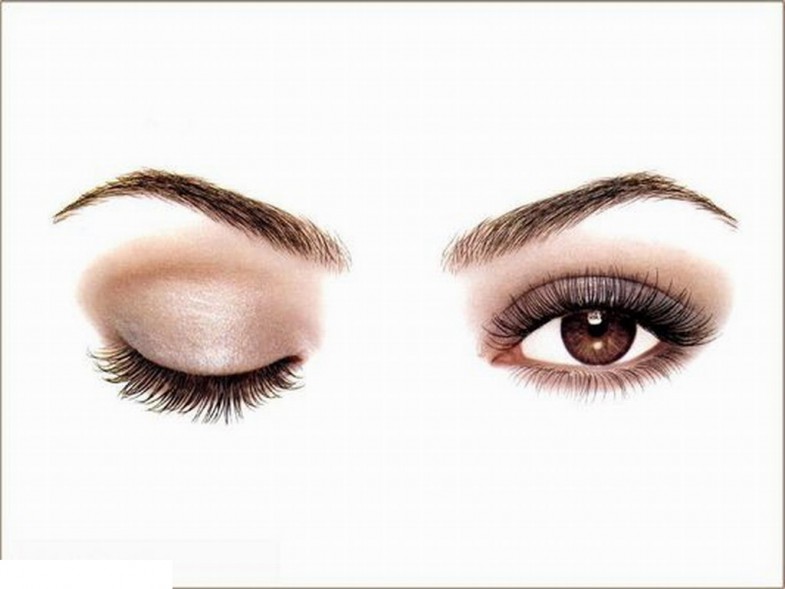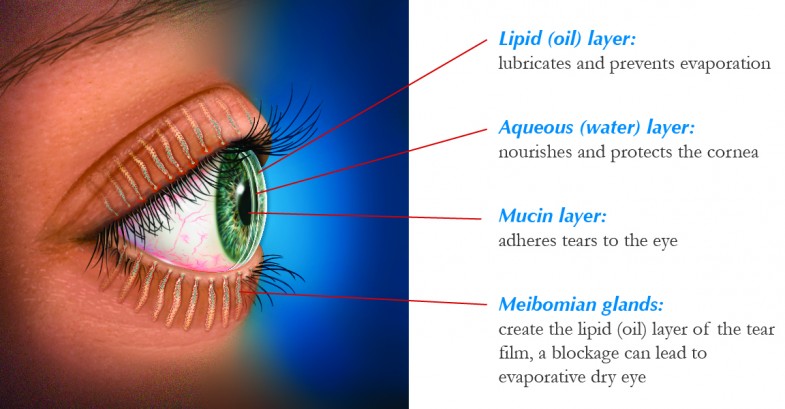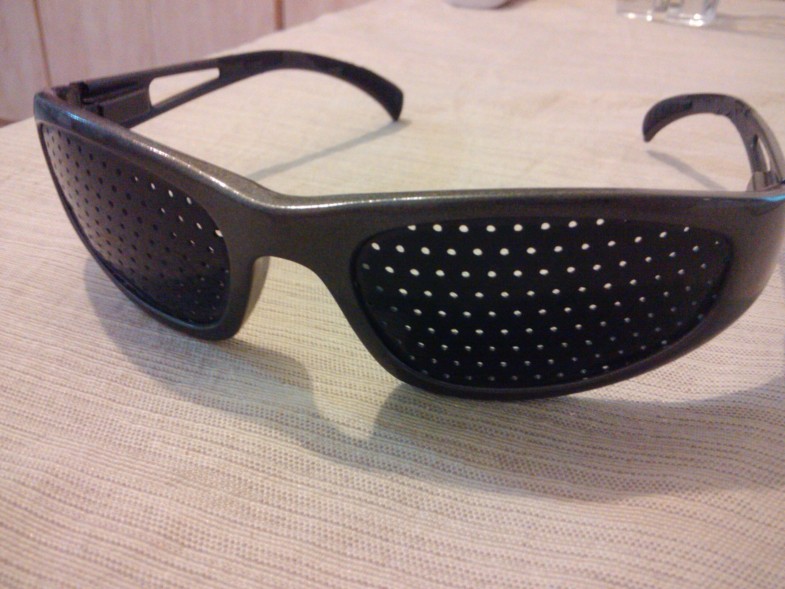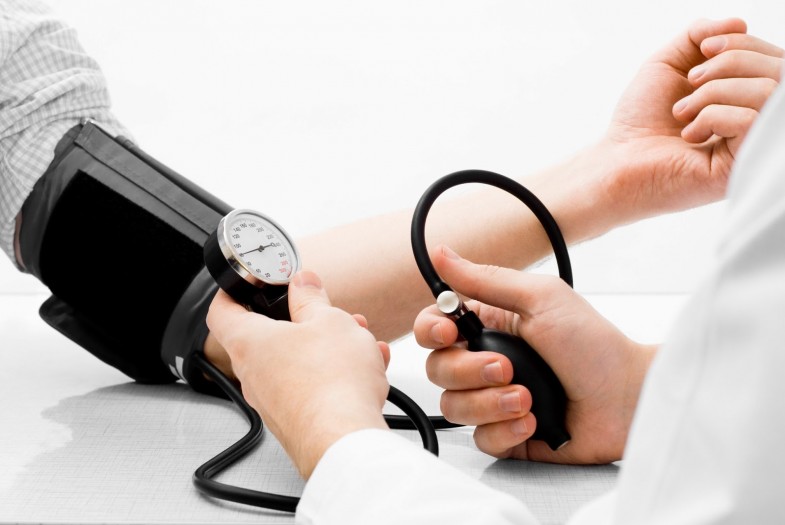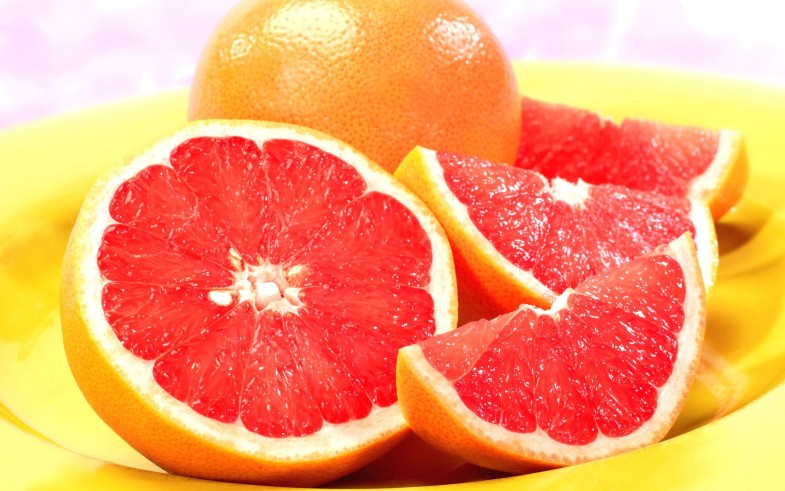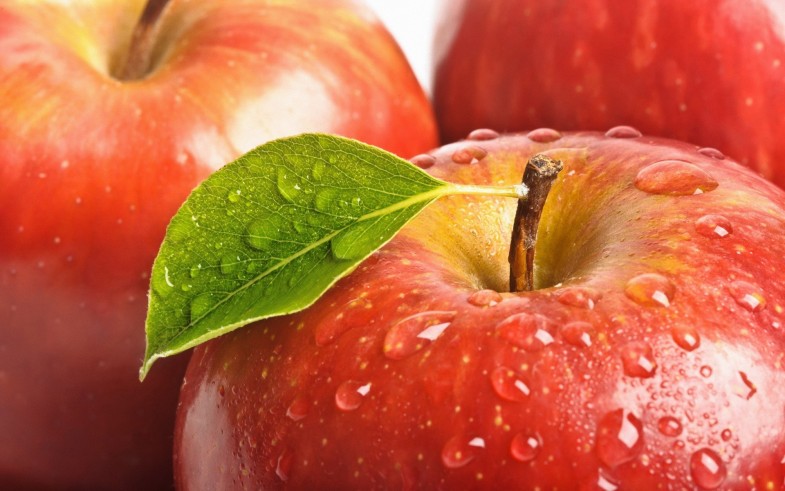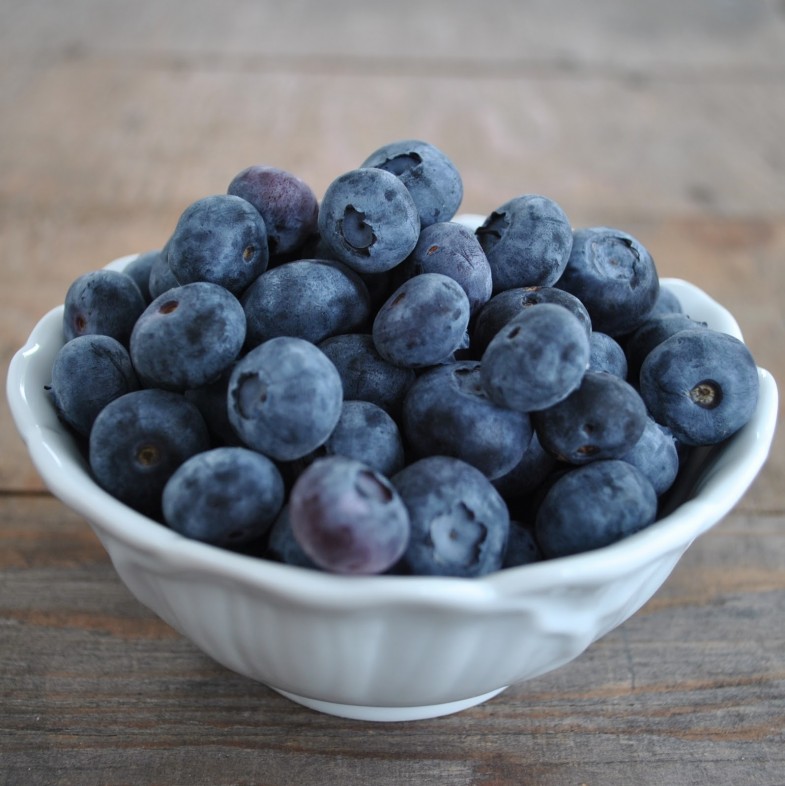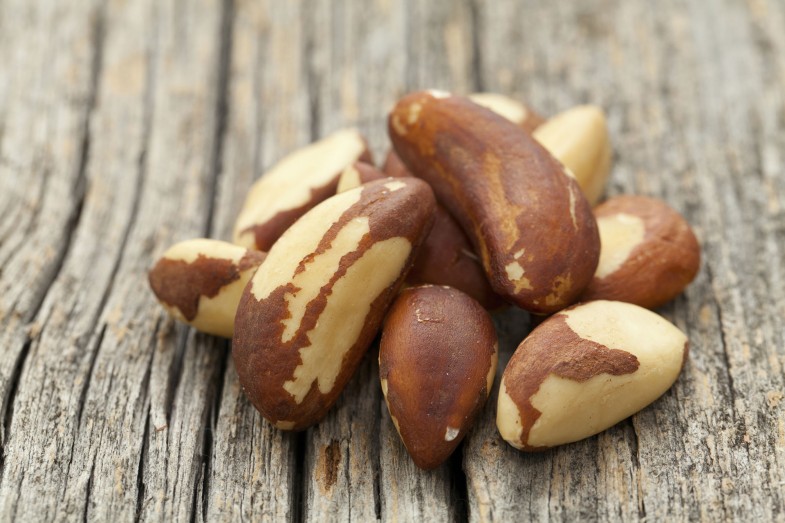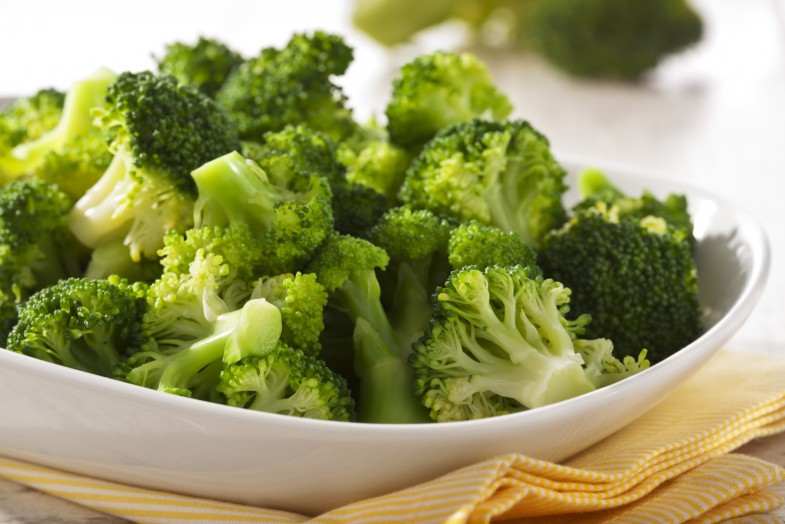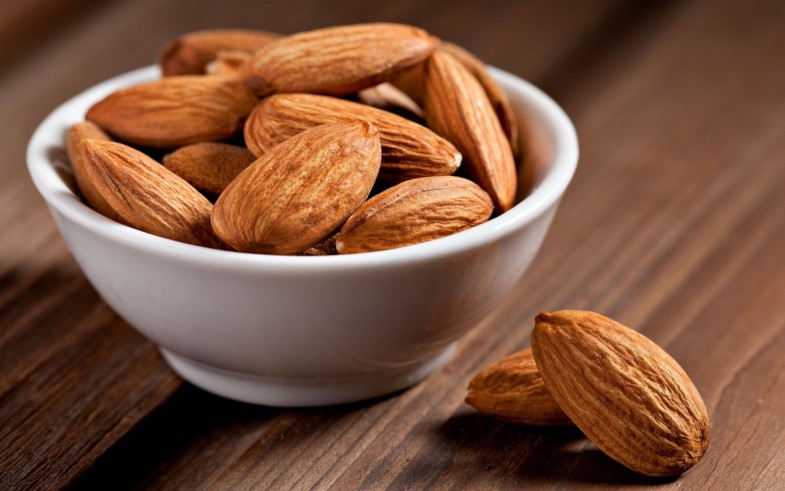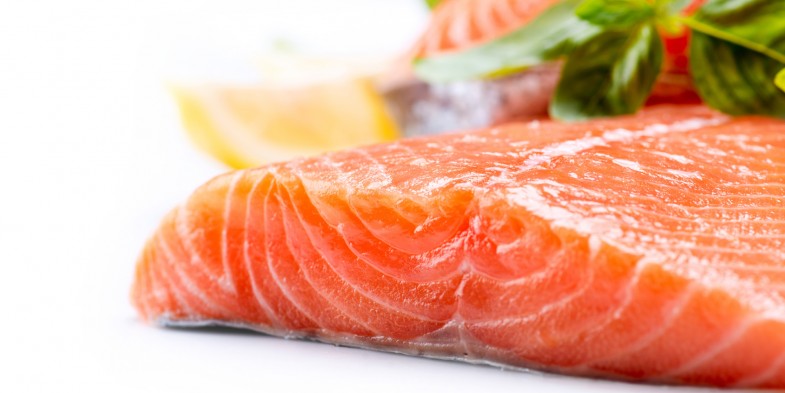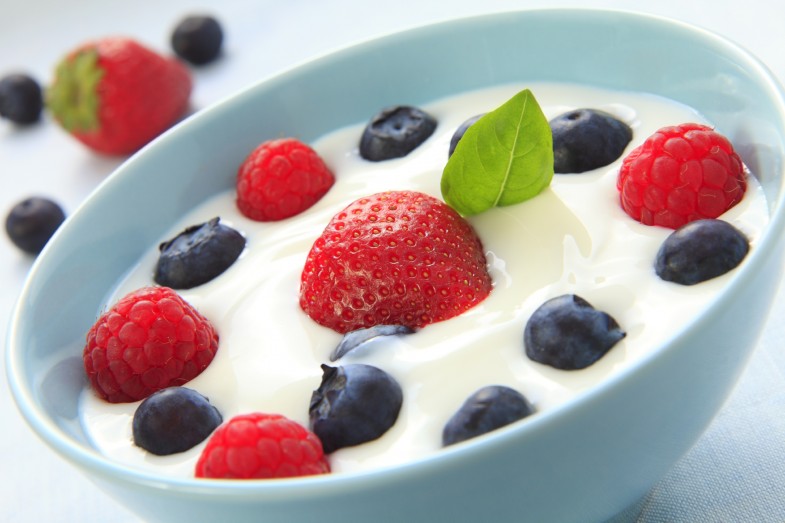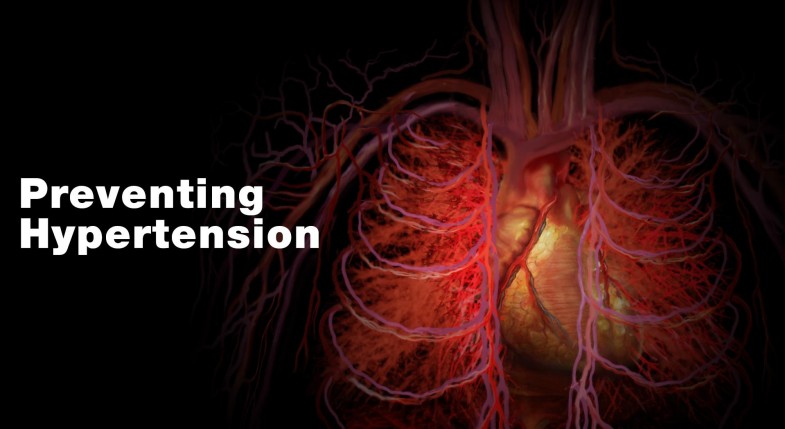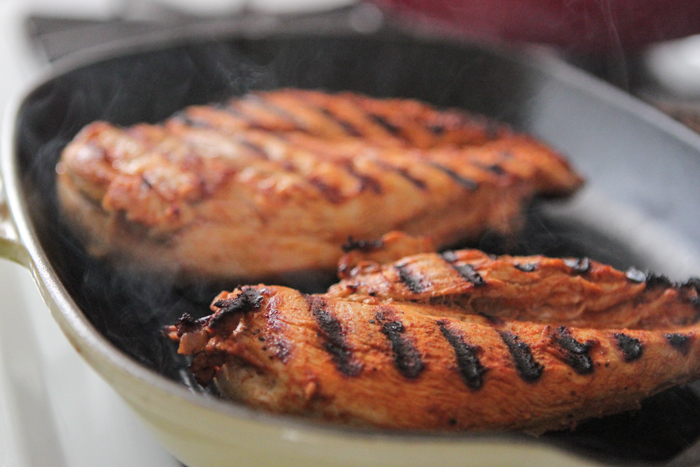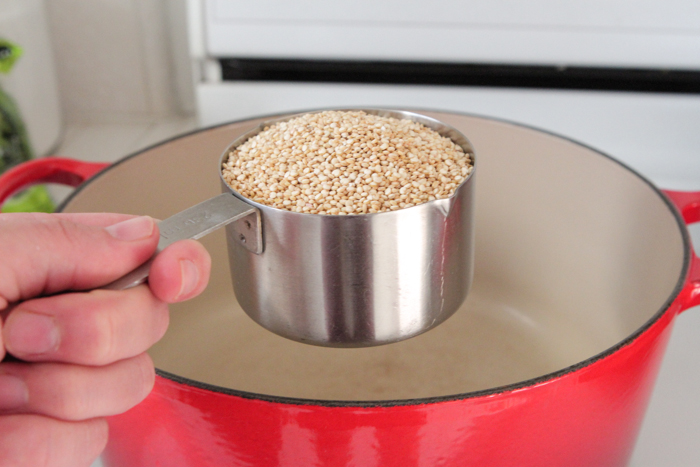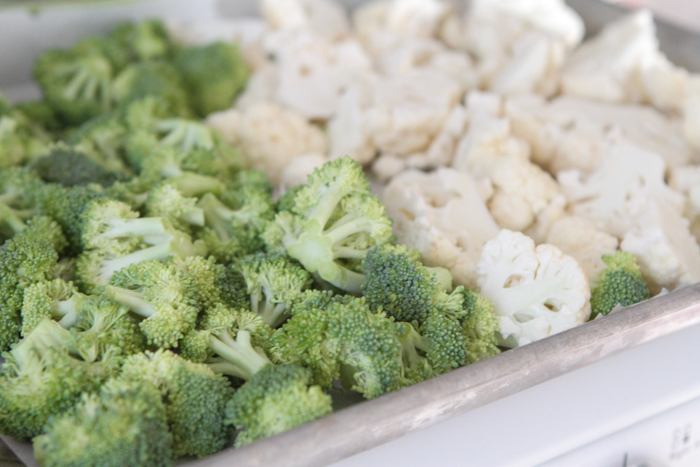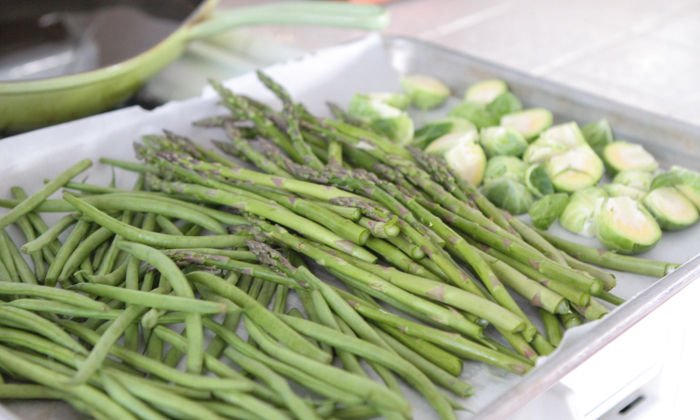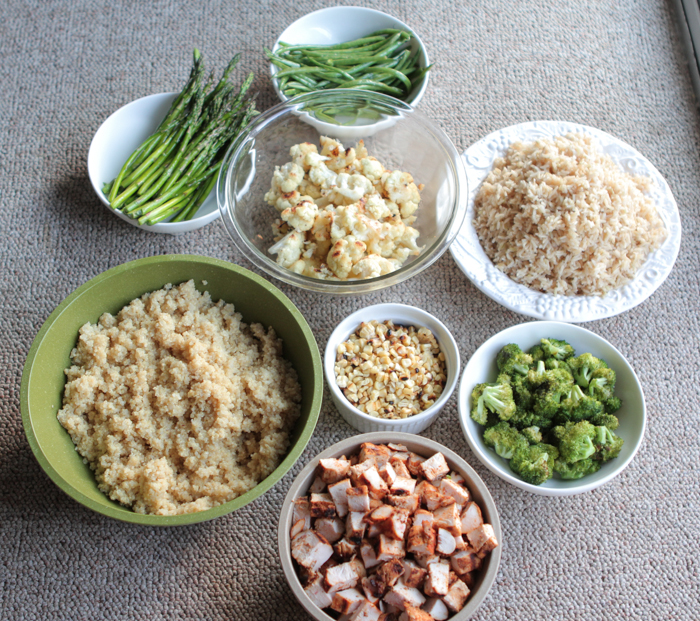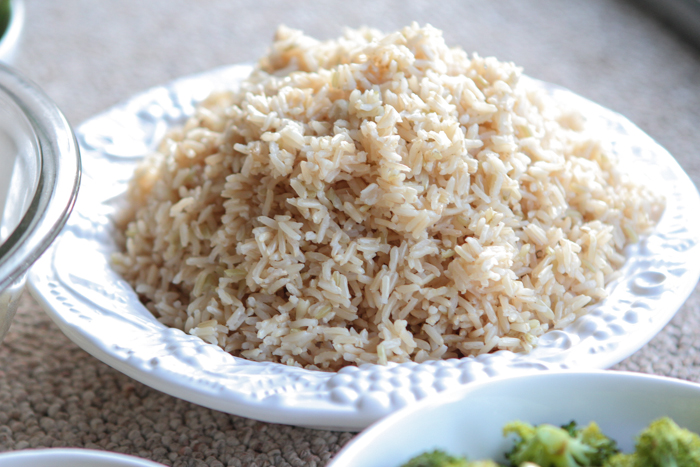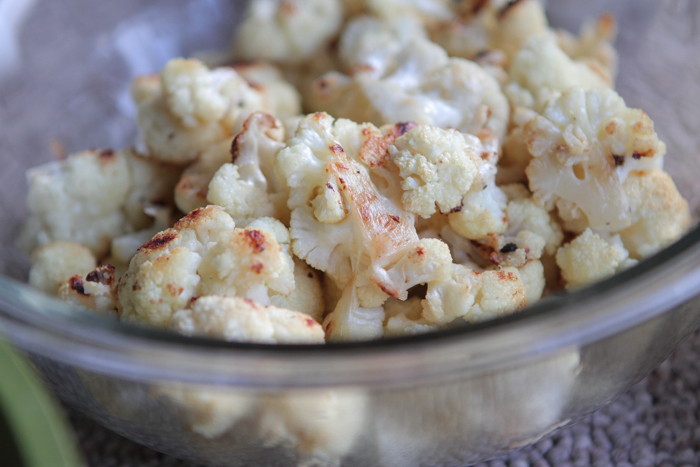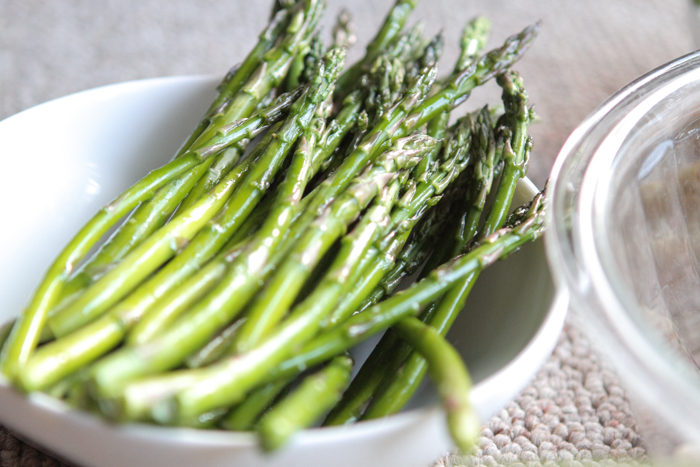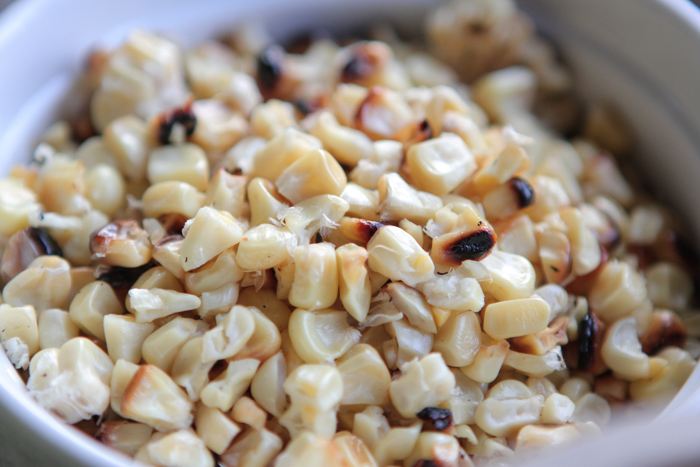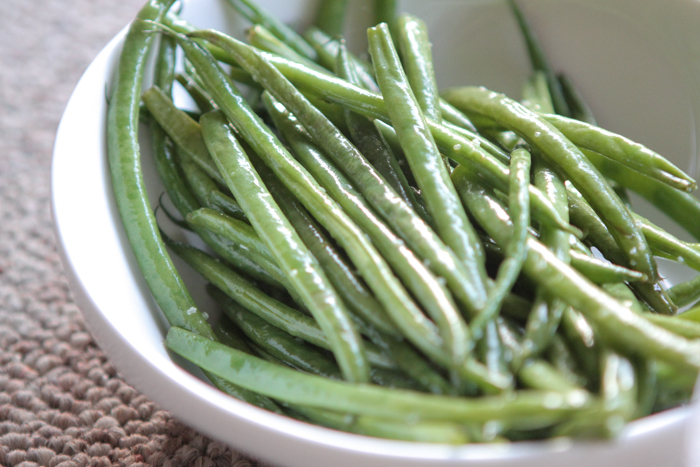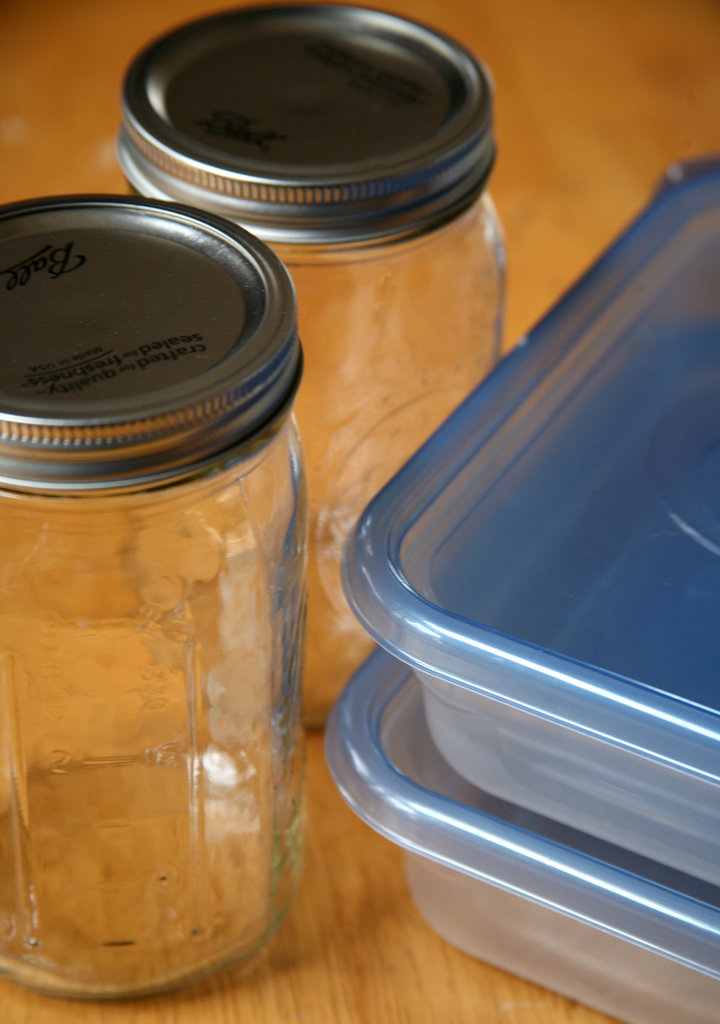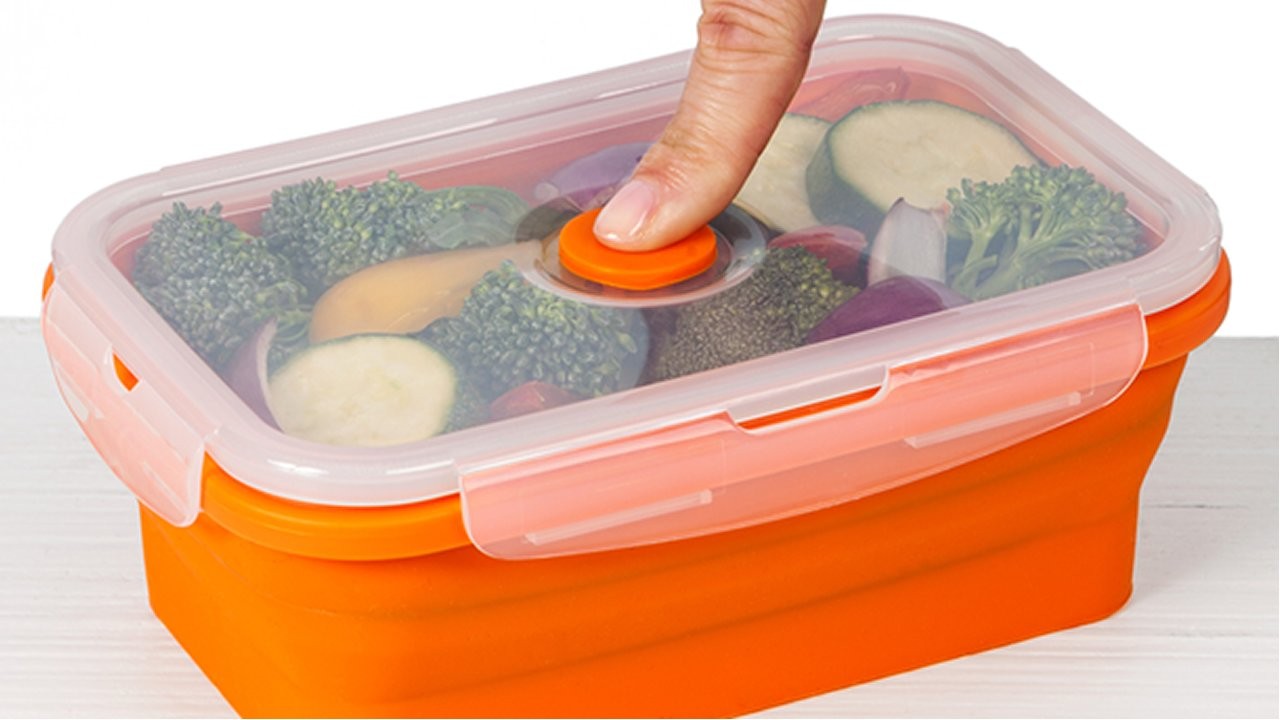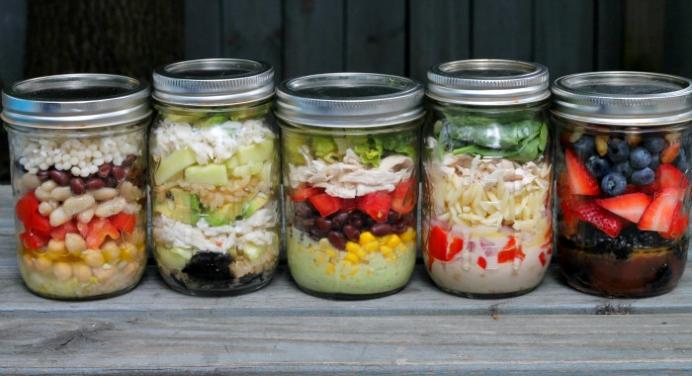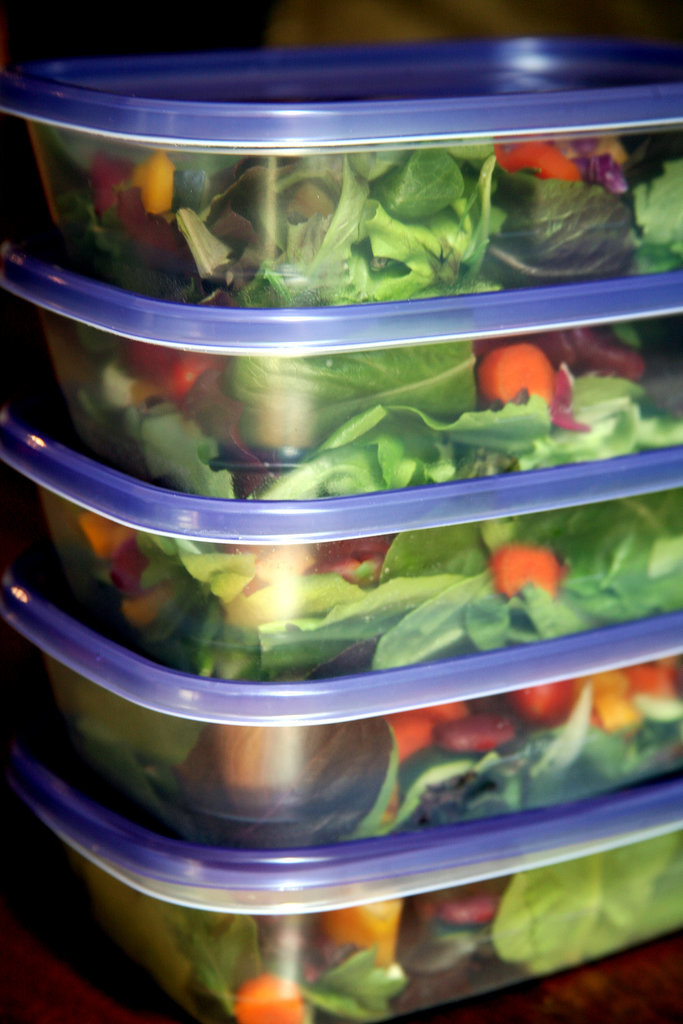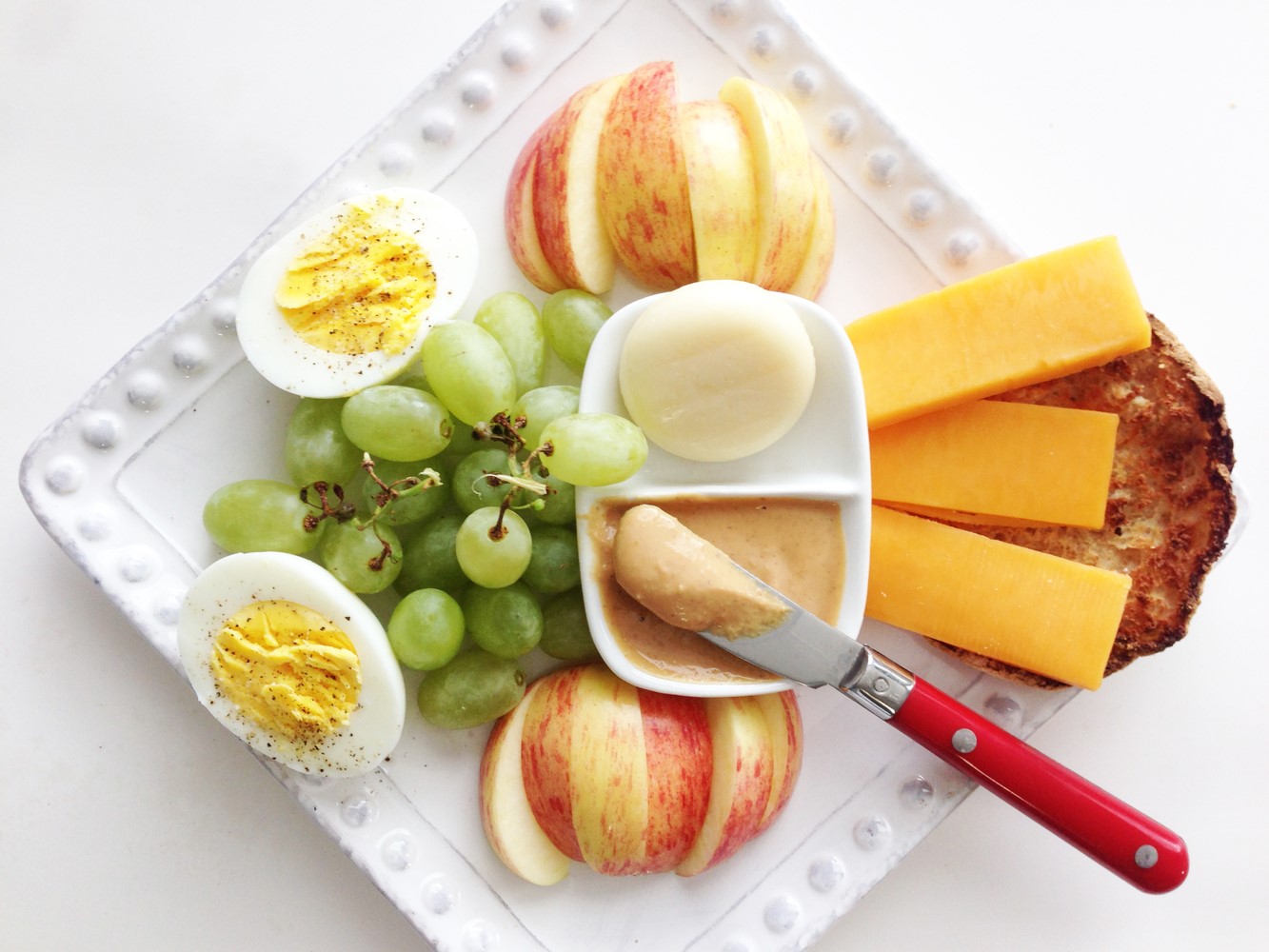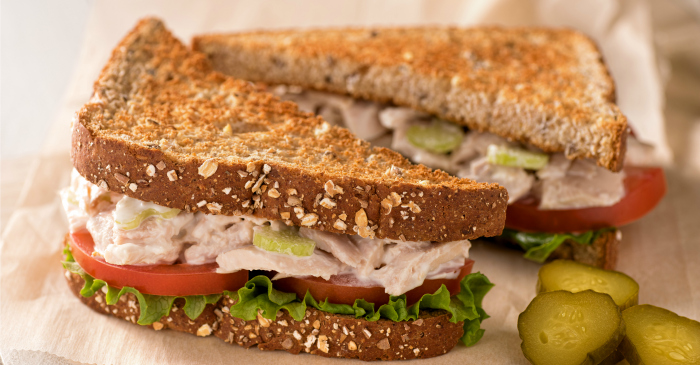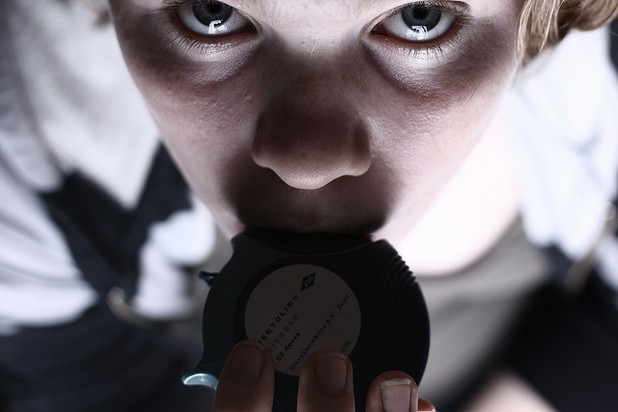
Take a good long look at a large bush. In a way, that’s what the inside of your lungs look like. As you breathe in, air flows into your windpipe which then branches to each lung. As they enter the lungs, they continue to branch more and more, forming smaller and smaller branches, much like a bush. These branches are called bronchioles, and it’s in the smaller ones where oxygen is taken into the blood while the blood releases carbon dioxide, which you exhale.
At times, certain things trigger increased inflammation of the bronchioles, causing them to swell and surrounding muscles to tighten. This leads to shortness of breath, coughing, wheezing and tightness in the chest. A severe asthma attack can lead to asphyxiation if not treated quickly.
Asthma is a condition where the bronchioles are constantly inflamed, but more so at times than others. According to the American Academy of Allergy Asthma & Immunology, there are four basic types of asthma:
1. Exercise induced asthma. A person can appear normal and healthy most of the time, but physical exertion such as exercising, can trigger increased inflammation of the bronchioles and an asthma attack.
2. Occupational asthma. This is when a person’s asthma is triggered by breathing in fumes, gases, dust and other particles in the air, often at a place of work.
3. Childhood asthma. This is when asthma develops in children, generally before the age of 5. Millions of children in America suffer from childhood asthma.
4. Allergic asthma. This is when asthma occurs in conjunction with allergies. Allergies to specific things can trigger asthma. I suffer from this kind of asthma. It happens to me whenever I walk through the soap and detergent aisles in the stores. It also happens with many perfumes or scents like those used in candles. I’ve found it hard to breathe in places like church when a woman sits in vicinity to me and is wearing a strong perfume. My wife has had to give up many of her perfumes, body washes, skin lotions and more. She’s had to reduce the amount of fabric softener to use in my laundry.
There is no cure for asthma. There are treatments, such as inhalers and medications that are used to help treat the symptoms and improve the quality of life, but even then, knowing what triggers the asthma is very important in helping to prevent serious attacks. It’s also important for those around you know of your asthma so they can properly respond and get you help if need be.
Did you know that asthma affects more women than men?
Researchers have discovered that a recently discovered immune cell, called innate lymphoid cells, plays a role in allergic asthma. They have also discovered that the male hormone testosterone suppresses the production of the innate lymphoid cells, thus reducing the chances of developing allergic asthma.
According to lead author of the research, Cyril Seillet:
“Our research shows that high levels of testosterone in males protect them against the development of allergic asthma. We identified that testosterone is a potent inhibitor of innate lymphoid cells, a newly-described immune cell that has been associated with the initiation of asthma.”
“Testosterone directly acts on ILC2s (which are innate lymphoid cells) by inhibiting their proliferation. So, in males, you have less ILC2s in the lungs and this directly correlates with the reduced severity of asthma.”
The ILC2 cells have been found to occur naturally in the lungs, skin and other organs of the body. They have been found to produce proteins that are inflammatory to the lungs and can, over prolonged periods, damage lung tissue. In turn, the person become far more susceptible to allergy induced asthma.
Obviously, treating women suffering from allergic asthma with testosterone is not a wise and simple solution as it can have a number of other changing effects on her body. However, learning the role that the ILC2 cells play in the onset of allergic asthma and how testosterone inhibits that process, may help researchers in time learn a way to actually treat and reverse this form of asthma and possible other forms as well.
